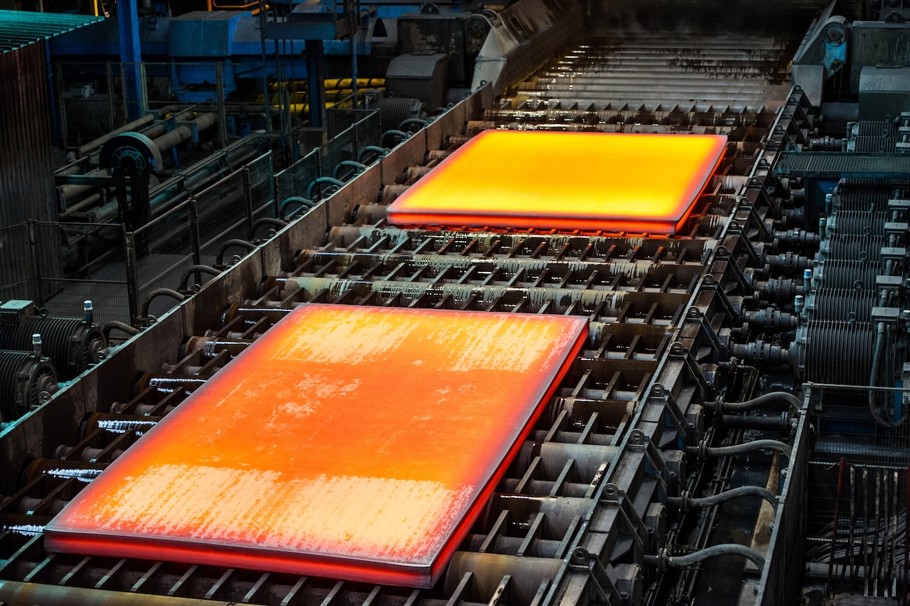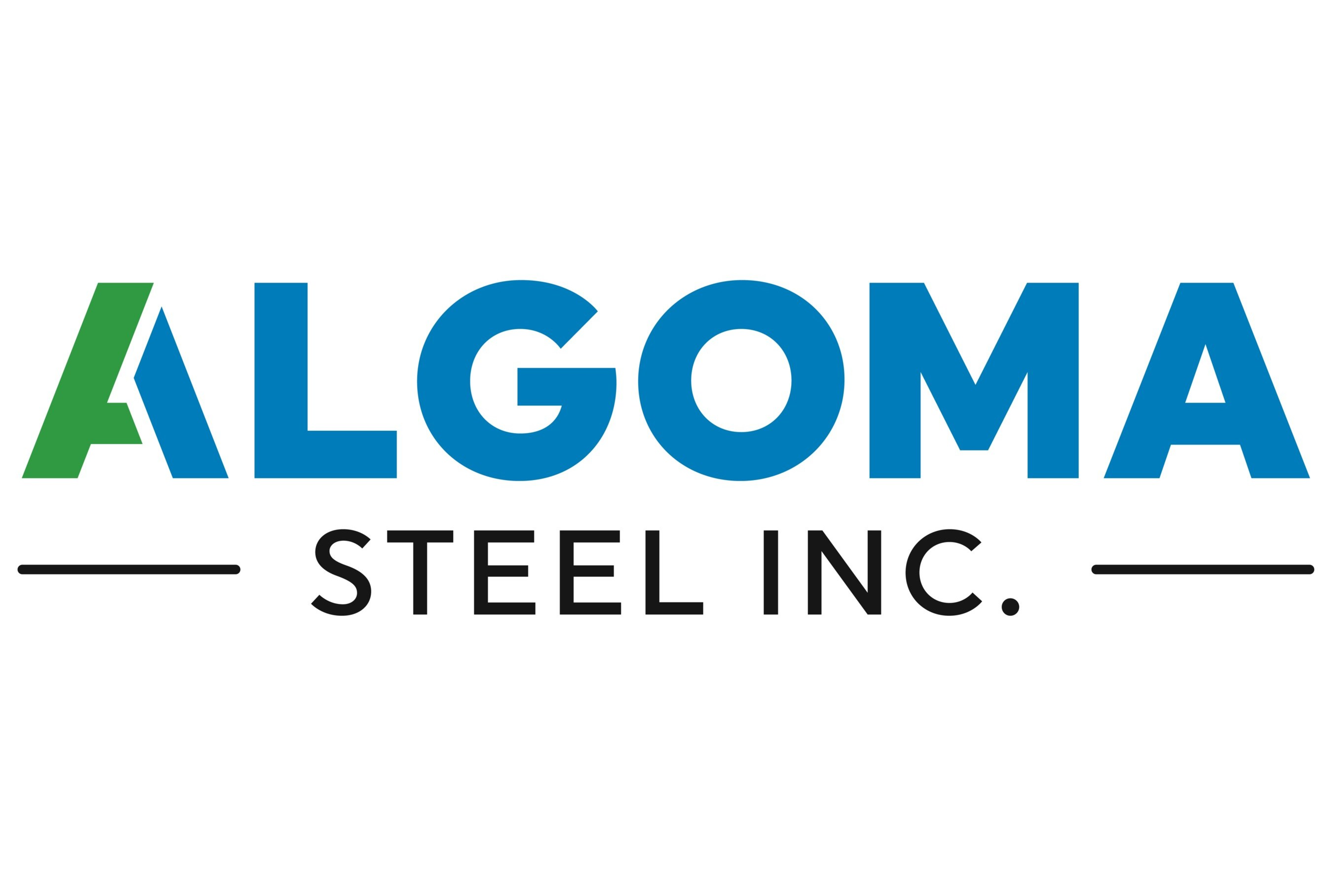Market Segment

November 30, 2021
Algoma Finalizes Government Financing for Two New EAFs
Written by Michael Cowden
Algoma Steel Inc. has secured Canadian $220 million (U.S. $172 million) in funding from the Canada Infrastructure Bank (CIB) to help pay for its conversion to electric-arc furnace (EAF) steelmaking.
The Sault Ste. Marie, Ontario-based steelmaker said the government money would pay for equipment for the project, which carries a total price tag of approximately C$700 million ($548 million).
![]()
The switch to the EAF route is expected to lower Algoma’s CO2 emissions by an estimated 70% (3.3 million tons per year) – or roughly the equivalent of taking the 900,000 passenger vehicles in Toronto off the road, the company said in a press release.
The definitive agreement with the CIB comes after Algoma announced on Nov. 11 that its board had officially approved adding two EAFs.
Algoma – which makes hot-rolled and cold-rolled coil as well as plate – currently makes liquid metal via the blast furnace route. That process relies on the carbon-intensive coking process. Metallurgical coal and coke batteries won’t be necessary once the company has new scrap-based EAFs up and running.
By Michael Cowden, Michael@SteelMarketUpdate.com







